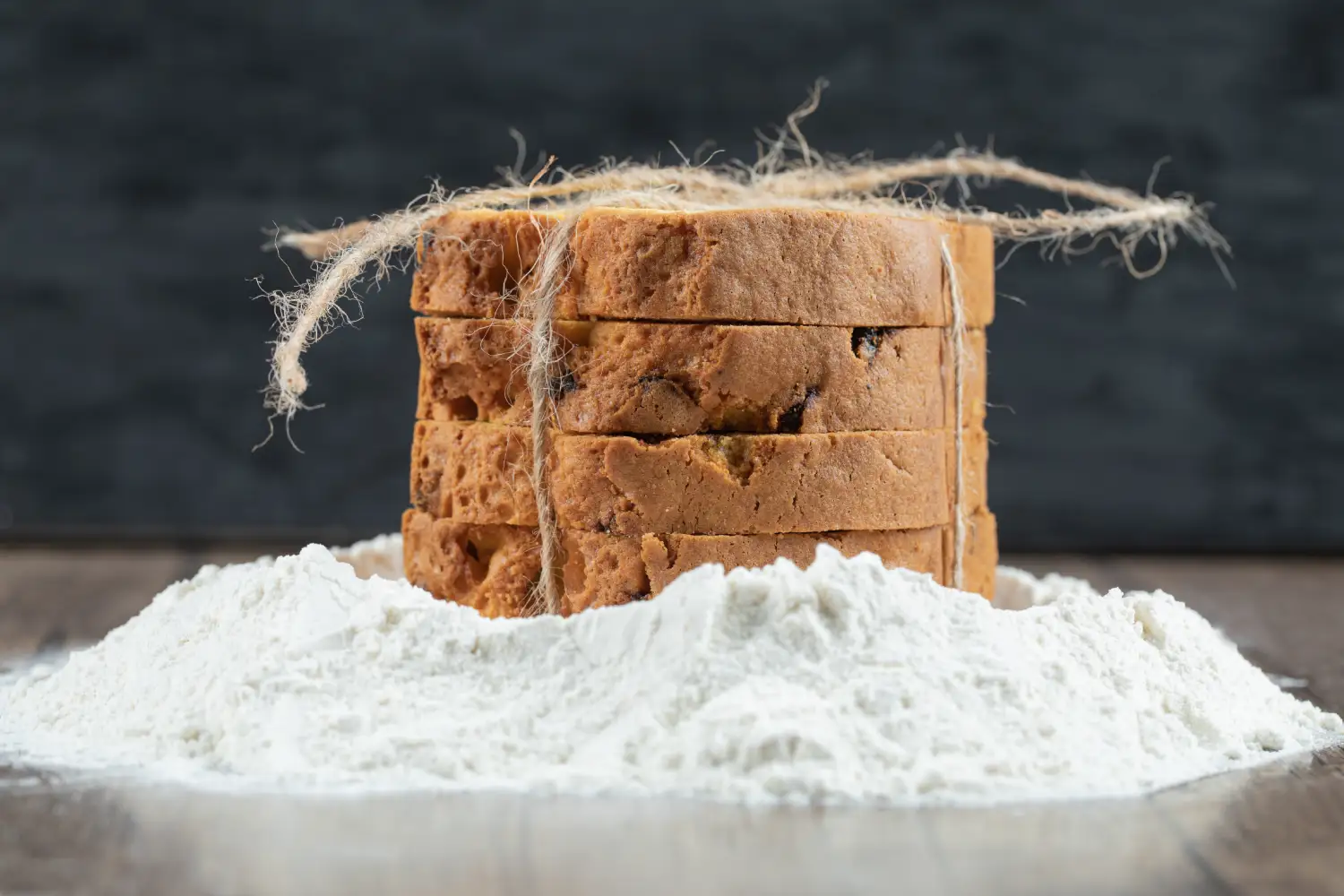The Importance of White Color of Resistant Dextrin Powder for F&B Products
January 30, 2025

In the competitive food and beverage (F&B) industry, product quality is often determined by a combination of functionality and aesthetics. Among the critical components in modern formulations, resistant dextrin stands out as a versatile and valuable dietary fiber additive. This ingredient supports various health benefits, from improved digestion to blood sugar management.
However, beyond its functional properties, the color of resistant dextrin—particularly its bright white appearance—plays an essential role in determining its suitability for F&B applications. The visual appeal of food products is crucial for capturing consumer trust and maintaining consistent brand standards.
This article explores why the white color of resistant dextrin powder is significant, delving into its benefits, impact on consumer perception, and application across industries.
Why Color Consistency Matters in Resistant Dextrin Powder
The appearance of food and beverage ingredients is more than a superficial concern. Color consistency in resistant dextrin powder is a marker of quality and reliability, ensuring it meets the expectations of both manufacturers and consumers.
1. Consumer Perception of Purity
In the F&B industry, color is often associated with cleanliness and purity. A white-resistant dextrin powder reassures consumers and manufacturers that the product is free from contaminants or impurities. It also aligns with the growing demand for transparent labeling and visually appealing ingredients.
2. Enhanced Blending in Diverse Applications
Uniform white powder integrates seamlessly into various products, including:
- Beverages: White powder dissolves easily without clouding drinks, maintaining a clear appearance.
- Bakery items: It ensures that the dough or batter retains its intended visual and textural qualities.
3. Competitive Advantage in Branding
Consumers gravitate toward products with visual appeal. White dextrin contributes to a product’s premium image, enhancing brand trust. Inconsistent color, on the other hand, may lead to doubts about manufacturing practices.
The Role of White Powder in Enhancing F&B Product Appeal
The F&B market is highly visual. Products must meet not only functional but also aesthetic standards to succeed. Here’s how high-quality white dextrin for F&B enhances appeal:
1. Maintains Product Transparency
In clear beverages like sports drinks or flavored water, any discoloration can detract from the product’s look. A white-resistant dextrin powder ensures that the final product retains its intended appearance.
2. Neutral Impact on Taste and Smell
Unlike some additives that introduce off-flavors or odors, white dextrin blends without altering sensory properties. This neutrality makes it ideal for delicate applications such as:
- Flavored teas
- Fruit-based beverages
- Dietary supplements
3. Supports Clean Label Initiatives
With consumers demanding cleaner, simpler labels, the use of pure, white resistant dextrin reflects a brand’s commitment to quality and transparency.
How White Resistant Dextrin Ensures Purity and Quality
Resistant dextrin’s color is more than just aesthetic; it serves as a quality indicator. Below are the key reasons why purity and whiteness go hand-in-hand:
1. Indicators of High-Quality Processing
White powder often reflects careful manufacturing processes, including:
- Refined filtration methods: These eliminate impurities.
- Controlled production conditions: Ensuring no oxidation or unwanted chemical reactions.
2. Compliance with Regulatory Standards
Food-grade resistant dextrin must meet stringent quality benchmarks. White color often signals adherence to these regulations, reducing risks during audits and inspections.
3. Longer Shelf Life
White powder is less likely to contain organic impurities that could degrade over time, ensuring product stability and extended usability.
Industries That Require White-Color Fiber Additives
The versatility of white resistant dextrin powder makes it a sought-after ingredient in various industries. Let’s explore the applications:
1. Beverage Industry
In beverages, maintaining a clear or visually consistent appearance is paramount. White dextrin allows manufacturers to produce:
- Functional drinks
- Low-calorie sweetened beverages
- Electrolyte-enriched waters
2. Baking and Confectionery
White dextrin contributes to texture improvement in baked goods without affecting their appearance. In confectionery, it supports:
- Improved chewiness in candies
- Glossy coatings for visual appeal
3. Nutritional Supplements
Fiber supplements often use white fiber powder to deliver prebiotic benefits. Its neutral color ensures that tablets, capsules, or powders remain visually appealing.
4. Processed Foods
In ready-to-eat meals, soups, and sauces, white dextrin ensures smooth consistency and avoids unwanted discoloration.
Frequently Asked Questions About White Resistant Dextrin
White dextrin powder ensures product neutrality, offering superior blending capabilities and aesthetic appeal compared to off-color variants.
The color results from advanced refining techniques that remove impurities during production, ensuring high quality and purity.
Yes, its refined nature ensures a longer shelf life and minimal interaction with other ingredients, maintaining product consistency over time
Manufacturers should prioritize products with certifications like ISO, HACCP, or FDA compliance, guaranteeing safety and quality.
Conclusion
The white color of resistant dextrin powder is more than just a visual preference—it reflects a commitment to quality, safety, and excellence. Its versatile applications in the F&B industry, from beverages to supplements, highlight its value as a superior fiber additive.
If your brand seeks to enhance its products with premium-quality resistant dextrin, Satoria Nutrisentials offers a reliable solution.
Elevate your F&B products with Satoria Nutrisentials’ premium resistant dextrin powder. Contact us today to learn more about our industry-leading solutions tailored to your needs.